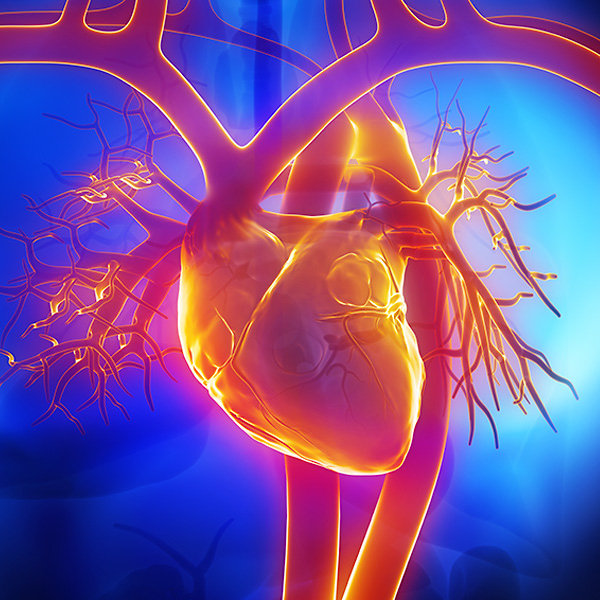Endocarditis
Overview and Facts about Endocarditis
Endocarditis is a heart condition that results from inflammation in the inner lining of the heart's chambers and valves. When this inflammation is due to infection, it is known as infective endocarditis.
An infection in one part of your body can travel through the bloodstream into your heart. Oral infections are especially likely to spread to the heart.
Endocarditis can cause permanent damage to the heart's valves or life-threatening complications. This condition is most common among people with preexisting heart conditions; it is rare for a healthy person to develop endocarditis.
Signs and Symptoms of Endocarditis
Possible symptoms of endocarditis include:
- Pale skin
- Loss of appetite
- Nausea
- Unexplained weight loss
- Shortness of breath
- Chest pain
- Fatigue
- Swelling in feet, legs or abdomen
- Heart murmur
Some people with endocarditis develop flu-like symptoms, including:
- Fever
- Chills
- Muscle pain
- Joint pain
- Cough
Endocarditis can sometimes cause red spots or lesions on the skin. These spots usually appear on the hands, feet, fingers, and toes. Some patients with endocarditis also have blood in their urine.
Causes and Risk Factors of Endocarditis
Infective endocarditis begins when pathogens enter the bloodstream and travel to the heart. These pathogens then attach to vulnerable areas of the heart's valves and cause an infection.
Preexisting heart conditions can damage the endocardium or cause the tissue to become rough. Bacteria and other pathogens are more likely to stick to rough or damaged tissue.
Heart conditions that can increase the risk for endocarditis include:
- Heart defects
- Heart valve damage
- Artificial heart valve replacement
- Past history of endocarditis
Pathogens that can cause endocarditis can enter your bloodstream due to:
- Poor oral hygiene
- Open sores on the skin
- Sexually transmitted infections
- Intravenous (IV) drug use
- Catheters
- Body piercings and tattoos
Tests and Diagnosis of Endocarditis
Blood tests can help diagnose endocarditis. A complete blood count can reveal the presence of infection in the heart's valves. A blood culture can help determine which pathogens have caused the infection.
An echocardiogram uses ultrasound technology to create a picture of your heart. This test allows your doctor to check for signs of infection or heart damage.
An electrocardiogram (ECG or EKG) detects and records the electrical signals that control your heartbeat. This test can provide your doctor with more information about your heart rate and heart rhythm.
Treatment and Care for Endocarditis
Endocarditis is a serious health condition. It requires immediate treatment, often hospitalization. Endocarditis is usually treated with several weeks of IV antibiotics. Some patients also receive oral antibiotics.
In some cases, surgery is needed to replace or remove heart valves that have been damaged by endocarditis. Surgery can also help clear up infections antibiotics can't treat.
People who develop endocarditis might be more likely to develop future infections. If you are at an elevated risk for endocarditis, your doctor might recommend that you take antibiotics before undergoing a dental procedure to avoid future infections.

Request an Appointment
Loyola Medicine heart and vascular specialists have the experience and technology to treat the most difficult cardiac and vascular conditions. Schedule an appointment today.
Schedule a Telehealth Appointment
